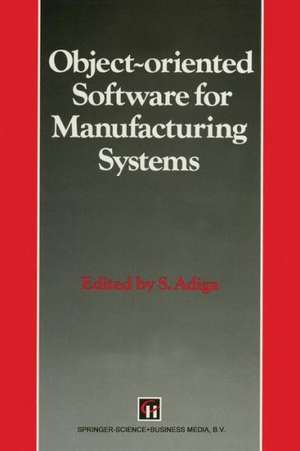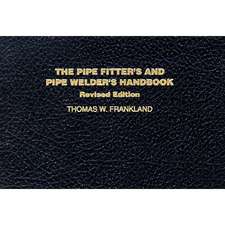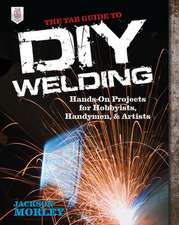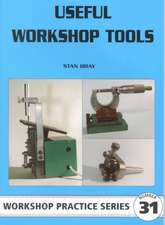Object-oriented Software for Manufacturing Systems: Intelligent Manufactoring Series
Autor S. Adigaen Limba Engleză Paperback – 23 oct 2012
Preț: 387.75 lei
Nou
Puncte Express: 582
Preț estimativ în valută:
74.20€ • 76.55$ • 61.92£
74.20€ • 76.55$ • 61.92£
Carte tipărită la comandă
Livrare economică 27 martie-10 aprilie
Preluare comenzi: 021 569.72.76
Specificații
ISBN-13: 9789401060288
ISBN-10: 9401060282
Pagini: 288
Ilustrații: XVI, 270 p.
Dimensiuni: 155 x 235 x 15 mm
Greutate: 0.41 kg
Ediția:1993
Editura: SPRINGER NETHERLANDS
Colecția Springer
Seria Intelligent Manufactoring Series
Locul publicării:Dordrecht, Netherlands
ISBN-10: 9401060282
Pagini: 288
Ilustrații: XVI, 270 p.
Dimensiuni: 155 x 235 x 15 mm
Greutate: 0.41 kg
Ediția:1993
Editura: SPRINGER NETHERLANDS
Colecția Springer
Seria Intelligent Manufactoring Series
Locul publicării:Dordrecht, Netherlands
Public țintă
ResearchCuprins
1 Introduction.- 1.1 Objects and object-oriented software.- 1.2 Objective and target audience of the book.- 1.3 Organization of the book.- 1.4 Conclusion.- References.- One Conceptual Background.- 2 Object-oriented software systems: Concepts.- 3 Object-oriented software: Relevance to manufacturing.- Summary: Part One.- Two Design and Implementation Techniques.- 4 Towards an object-oriented architecture for CIM systems.- 5 Prototyping object systems and reusable object libraries.- 6 Object-oriented databases.- 7 Comparing object-oriented programming languages.- Summary: Part Two.- Three Manufacturing Applications.- 8 FlowStream: An object-oriented plant-floor management system.- 9 OOPS in real-time control applications.- Summary: Part Three.- Four Management and Organizational Issues.- 10 Management issues in adopting object-oriented technology.- 11 Concluding remarks.- Appendix A: OO resources Paul Worhach.











